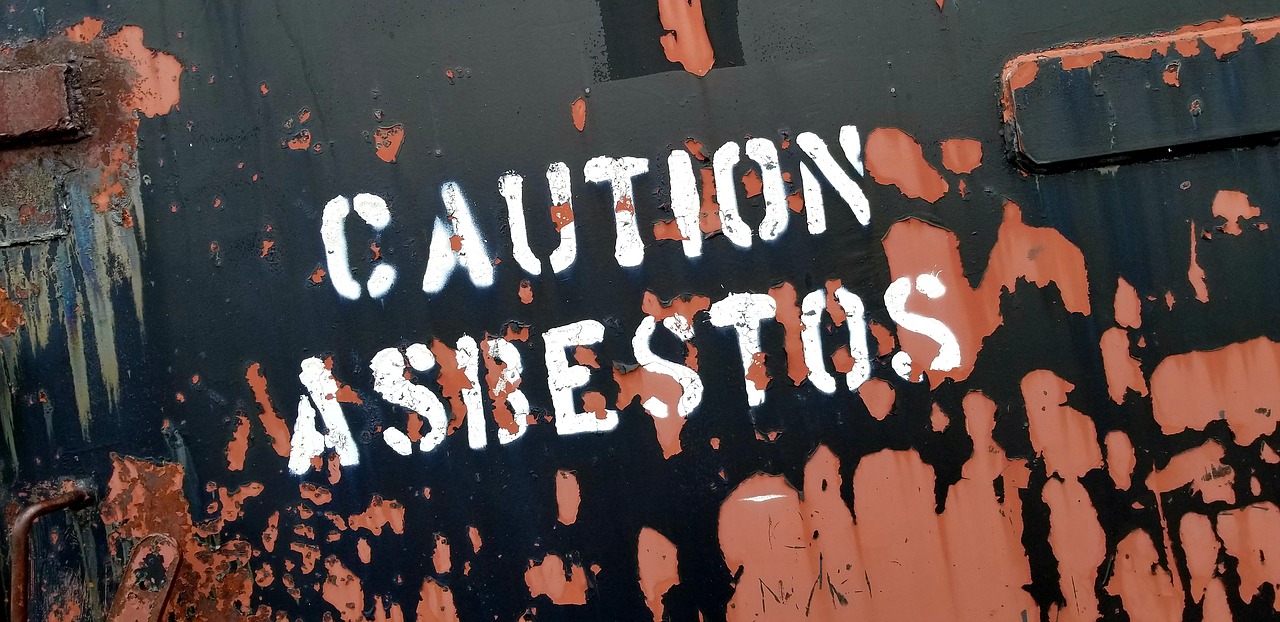
Important Information That You Need to Know About Asbestos
Often unseen, asbestos can still be present in many homes and commercial buildings, particularly if they’re of an older persuasion. Asbestos is a naturally occurring silicate mineral composed of fibrous crystals or fibrils, it has an excellent heat resistance and electrical insulation properties and as a result, was a mainstay of building materials for years until the health hazards of exposure to it became apparent over the last few decades.
If your home or place of work was built before 1990 there is a chance that asbestos is present in the building somewhere (it may be present in buildings built up until 2000). It is important therefore to take precautions and seek professional advice and assistance when you suspect that you have discovered a source of asbestos in your home or premises.
To help you understand how best to deal with asbestos Amiantus have come up with this list of information you need to know.
Asbestos is only hazardous if disturbed and the fibres make their way into the air
Asbestos becomes a hazard only when it becomes ‘friable’, which is when asbestos is easily pulverised by hand and the fibres become airborne. Once the fibres are in the air then they can easily enter the lungs and cause a myriad of health conditions, including serious and life-threatening conditions like cancer.
Fibrous materials used for insulation that contain asbestos can easily emit fibrils into the air if disturbed. In the case of harder materials like tiling or roofing felt the fibres aren’t likely to become airborne unless drilled or sanded etc. If you’re renovating your home or premises then it’s important to have professionals carry out the work in accordance with regulations.
Once asbestos enters the body it stays there permanently
One of the things that makes asbestos such a health hazard is the fact that once the fibrils have entered the body be it inhaled into the lungs or ingested, they will embed themselves in the tissue and are nigh on impossible to be flushed out or removed. Their microscopic size and needle-like shape mean that they can even penetrate through the lungs natural lining and enter the chest cavity, they can even penetrate the stomach lining.
If you’re working and there is a risk that you may come into contact with asbestos then it’s important to wear the correct repository and protective equipment. If in doubt call an asbestos expert. ALWAYS put safety first!
The effects of asbestos exposure take time to show
The fibrous nature of asbestos isn’t the only issue with the material, it is also carcinogenic and can cause various types of cancers and respiratory diseases including asbestosis (a condition where the affected lung tissue scars heavily, causing breathing difficulties and eventually suffocates the victim) and mesothelioma a form of cancer that is almost always attributed to asbestos exposure.
In both diseases, the onset is incredibly slow taking up to 40-50 years to develop. The risk of developing an asbestos-related disease is dependant on the level and frequency of exposure to asbestos fibres.
If you think you have asbestos in your home or building call an expert
If you think you have discovered asbestos in your home it’s important that you DON’T TRY AND DISPOSE OF IT YOURSELF! This could result in releasing the hazardous fibres into the air. Call a professional, they will be able to assess the situation.
At Amiantus we cover the entire UK so a qualified professional is only a phone call away. We don’t remove asbestos ourselves, which allows us to remain unbiased with our findings and make accurate recommendations on the results of our assessments.
Book your asbestos assessment with Amiantus today.






